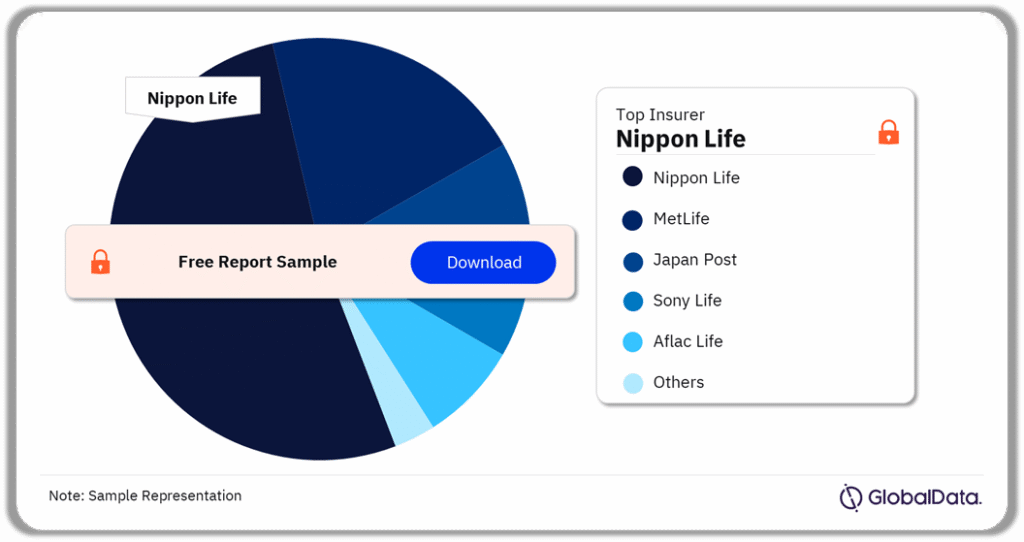The Japanese Insurance Market: Japan is often admired for its blend of ancient traditions and cutting-edge modernity. This unique combination is also reflected in its insurance market, which stands as one of the largest and most stable in the world. Known for its financial resilience, customer-centric values, and cultural influences, the Japanese insurance sector offers a fascinating case study in how tradition and stability converge to create a strong, reliable industry.
SEO Meta Description
Explore the Japanese insurance market: how stability, tradition, and innovation shape one of the world’s largest insurance sectors. Learn about life, non-life, and health insurance in Japan.
This article explores the history, structure, cultural influences, challenges, and future outlook of the Japanese insurance market, highlighting how it has maintained stability while staying rooted in traditional values.
Overview of Japan’s Insurance Market
The Japanese insurance market is one of the largest globally, consistently ranking among the top three by premium volume alongside the United States and China.
- Life insurance dominance: Japan has one of the highest penetration rates for life insurance worldwide.
- Non-life insurance strength: Property, casualty, and auto insurance also represent a significant portion of the market.
- Aging population factor: Japan’s demographic trends drive unique insurance needs, especially in health and long-term care.
- Global players: Japanese insurance companies like Nippon Life, Dai-ichi Life, and Tokio Marine are influential not only domestically but also internationally.
Historical Evolution of Insurance in Japan

1. Early Beginnings
Insurance in Japan dates back to the Meiji Restoration (late 19th century), when Western practices were adopted. The first life insurance company, Meiji Life Insurance Company, was established in 1881.
2. Post-War Expansion
After World War II, Japan’s rapid economic growth fueled demand for financial security. Life insurance became a standard household product, as families sought financial protection in uncertain times.
3. Liberalization and Modernization
The 1990s brought deregulation, global competition, and reforms. This period also saw the Japanese asset bubble burst, which tested the resilience of insurers.
4. Stability Through Tradition
Despite challenges, Japanese insurers maintained stability through conservative investment strategies and a strong cultural emphasis on trust, community, and customer loyalty.
Cultural Influences: Tradition in Insurance
The Japanese insurance market is not only shaped by economics but also deeply rooted in cultural traditions:
- Trust and Loyalty
- Japanese consumers value long-term relationships with institutions.
- Insurance agents often serve multiple generations of the same family.
- Group-Oriented Society
- Insurance products are often structured to emphasize collective stability rather than individual risk-taking.
- Corporate group insurance is widely popular.
- Respect for Elders
- With an aging population, insurers provide specialized products such as long-term care and medical coverage for seniors.
- Conservatism in Finance
- Traditional values encourage low-risk investments and financial prudence, which shape insurers’ strategies.
Key Segments of the Japanese Insurance Market
1. Life Insurance
- Accounts for nearly 60% of total premiums.
- Popular due to cultural emphasis on family security and saving for the future.
- Leading players: Nippon Life, Dai-ichi Life, Meiji Yasuda Life.
2. Non-Life Insurance
- Covers auto, property, casualty, and liability insurance.
- Auto insurance dominates, reflecting Japan’s large car market.
- Major players: Tokio Marine, Sompo Holdings, MS&AD Insurance Group.
3. Health and Medical Insurance
- Aging population drives high demand.
- Private health insurance complements Japan’s universal healthcare system.
4. Long-Term Care Insurance
- Introduced in 2000 as part of government reforms.
- Addresses the needs of Japan’s growing elderly population.
Market Stability: Why Japan Stands Out
Despite economic fluctuations and natural disasters, the Japanese insurance market is remarkably stable. Here’s why:
- Conservative Investment Strategies
- Insurers prioritize bonds and low-risk assets over volatile equities.
- This approach ensures long-term solvency.
- High Savings Culture
- Japanese households traditionally save a large portion of their income, making life insurance products attractive.
- Regulatory Framework
- Strong regulations by the Financial Services Agency (FSA) promote transparency and risk management.
- Customer Loyalty
- Long-term policyholders create consistent premium inflows.
- Reinsurance and Risk Diversification
- Japanese insurers use reinsurance effectively to manage risks from natural disasters.
Challenges Facing the Japanese Insurance Market
While stability and tradition are strengths, the market also faces significant challenges:
1. Aging Population
- By 2050, nearly 40% of Japan’s population will be over 65.
- This creates rising demand for health and care-related insurance but reduces the pool of young, premium-paying customers.
2. Low Interest Rates
- Prolonged low interest rates limit investment returns for insurers.
- This puts pressure on profitability, especially for life insurers.
3. Natural Disasters
- Japan is prone to earthquakes, tsunamis, and typhoons, leading to high claims for non-life insurers.
4. Global Competition
- International insurers are expanding into Japan, increasing competition.
5. Digital Transformation
- Japanese insurers must balance traditional face-to-face service models with growing demand for digital and online platforms.
Future Outlook: Tradition Meets Innovation

Despite challenges, the Japanese insurance market is adapting while staying rooted in tradition.
1. Digitalization and Insurtech
- Companies are investing in AI, big data, and blockchain to improve customer service and risk assessment.
- Online platforms for policy comparison and claims management are gaining popularity.
2. Health and Wellness Products
- Insurers are launching policies that encourage healthy lifestyles (e.g., discounted premiums for active customers).
3. International Expansion
- Japanese insurers are investing overseas, particularly in Asia and North America, to diversify risks.
4. Customized Products for Seniors
- Tailored policies for long-term care, medical treatment, and retirement planning are growing.
5. Balancing Tradition and Modern Needs
- While digital services expand, insurers continue to emphasize personal relationships and trust-building — a hallmark of the Japanese market.
Global Significance of Japan’s Insurance Market
The Japanese insurance market is not just important domestically — it plays a major role globally:
- One of the largest premium contributors worldwide.
- Japanese insurers are leading global investors, particularly in bonds and infrastructure.
- Their stability contributes to global financial market resilience.
- Japan serves as a model for other aging societies, balancing tradition and modern innovation.
SEO Keywords for This Article
- Japanese insurance market
- Life insurance in Japan
- Non-life insurance Japan
- Insurance trends in Japan
- Japan aging population insurance
- Tokio Marine, Nippon Life, Dai-ichi Life
Conclusion: A Market Rooted in Stability and Tradition
The Japanese insurance market is a fascinating blend of financial stability and cultural tradition. It has withstood economic crises, natural disasters, and demographic challenges, emerging as one of the most resilient insurance industries in the world.
While it faces headwinds such as an aging population and low interest rates, Japan’s insurers continue to adapt by embracing digital innovation, global expansion, and customized senior-focused products.
Quick Recap:
- Japan is one of the top global insurance markets.
- Cultural values like trust, loyalty, and group stability shape insurance demand.
- Life insurance is dominant, while non-life and health insurance are growing.
- Challenges include aging demographics, low interest rates, and natural disaster risks.
- The future lies in balancing traditional values with modern innovation.
In many ways, the Japanese insurance sector is a reflection of Japan itself: deeply rooted in tradition, yet forward-looking in innovation. For students of finance, global insurers, and policymakers, Japan provides a blueprint of how stability and tradition can guide an industry into the future.



